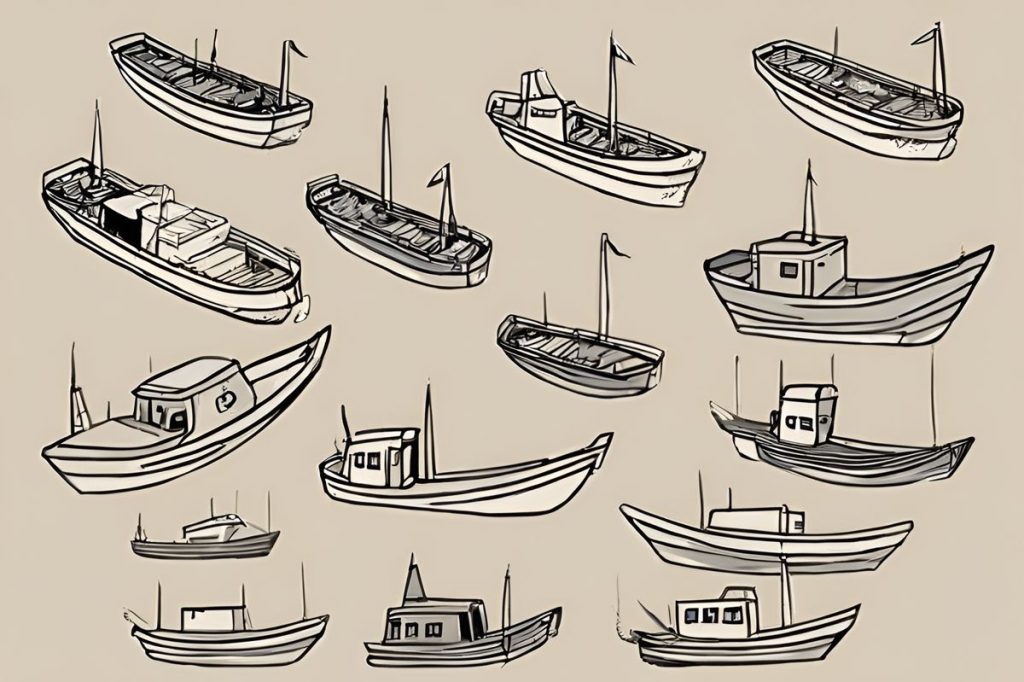Despite setbacks, humanitarian aid to Gaza persists, with 14,000 pallets delivered under the Amalthea plan through inventive logistics. Efforts include food, hygiene supplies, and healthcare items, reflecting international cooperation and unwavering support for those in need.
How are humanitarian operations continuing in Gaza despite the damaged jetty?
Despite a damaged US-built military jetty, humanitarian aid to Gaza persists with resilience. Aid shipments from Cyprus continue using temporary measures such as floating storage. The logistics plan involves ship-shuttles, having delivered 14,000 pallets of aid under the Amalthea plan to ensure secure distribution. Efforts include food, hygiene supplies, and healthcare items, reflecting sustained support and international cooperation.
Aid Efforts Amidst the Sea
In the face of adversity, efforts to deliver humanitarian aid to the people of Gaza continue unwaveringly. Despite recent damage to a key logistics point, a US-built military jetty, the commitment to provide much-needed assistance remains unshaken. Only two weeks into its operation, the jetty suffered a setback when a section became detached due to inclement weather conditions. Konstantinos Letymbiotis, a government spokesman, assured that aid shipments from Cyprus have not ceased, and temporary measures are being adopted to maintain the supply chain.
The resilience of the aid mechanism is evident as contingency plans are set in motion, involving the use of floating storage near Gaza’s coast. While awaiting the repair of the jetty—expected to be towed to Ashdod port in Israel—operations adapt, demonstrating the flexibility and dedication of those involved in the humanitarian efforts.
Logistics of Compassion
The breakdown of the jetty has necessitated a complex ballet of logistics. Eleven ship-shuttles have already carried aid from Cyprus, with significant results: substantial rations have reached tens of thousands of individuals in need. The impressive orchestration has led to the distribution of 14,000 pallets of humanitarian aid, of which 4,134 have been dispatched as part of the Amalthea plan—a secure screening and departure mechanism that ensures aid reaches its intended recipients without compromise.
More than just numbers, these efforts reflect a lifeline for the civilian population in Gaza. The aid consists not only of food but also includes vital hygiene supplies, temporary shelters, and healthcare items. The value of these resources exceeds the $1 million mark, underscoring the magnitude of generosity and concern for those caught in challenging circumstances.
Sustained Support
The humanitarian operations continue to gather momentum, with forthcoming shipments promising to sustain the flow of aid. A vessel, La Roire, is poised to transport additional pallets, while another US ship plans to carry a formidable cargo exceeding 3,000 tonnes of assistance. It is clear that the commitment to support the people of Gaza is unwavering, and the dedication to overcoming logistical hurdles is a testament to the resilience and humanitarian spirit driving this mission.
As aid continues to be categorized and organized for distribution, the focus on meeting the essential needs of the population is paramount. The outreach has seen a broad spectrum of assistance, ranging from sustenance to shelter, with international cooperation at the heart of these endeavors. Through trials and tribulations, the delivery of aid from Cyprus to Gaza affirms that compassion and human solidarity can withstand even the most challenging of circumstances.
How are humanitarian operations continuing in Gaza despite the damaged jetty?
Despite a damaged US-built military jetty, humanitarian aid to Gaza persists with resilience. Aid shipments from Cyprus continue using temporary measures such as floating storage. The logistics plan involves ship-shuttles, having delivered 14,000 pallets of aid under the Amalthea plan to ensure secure distribution. Efforts include food, hygiene supplies, and healthcare items, reflecting sustained support and international cooperation.
What measures are being taken to ensure the continuation of aid efforts amidst the damaged jetty?
Temporary measures such as floating storage near Gaza’s coast are being utilized to maintain the supply chain of humanitarian aid from Cyprus. Additionally, ship-shuttles have been deployed to transport aid, with contingency plans in place to adapt to the situation until the damaged jetty is repaired. The commitment to providing much-needed assistance remains strong despite logistical challenges.
How has the breakdown of the jetty impacted the logistics of delivering humanitarian aid to Gaza?
The breakdown of the jetty has required a complex reorganization of logistics, with a focus on finding alternative ways to ensure aid reaches the people in need. Ship-shuttles have stepped in to transport aid, resulting in the successful delivery of thousands of pallets of humanitarian assistance. The Amalthea plan has been crucial in maintaining secure distribution channels, showcasing the adaptability and dedication of those involved in the aid operations.
What upcoming efforts are in place to sustain the flow of humanitarian aid to Gaza?
Future shipments, including those from vessels like La Roire and a US ship carrying over 3,000 tonnes of assistance, are planned to sustain the flow of aid to Gaza. The unwavering commitment to support the population in Gaza is highlighted by these upcoming efforts, showcasing the international cooperation and dedication to overcoming logistical hurdles. The focus remains on meeting the essential needs of the population with compassion and solidarity.

